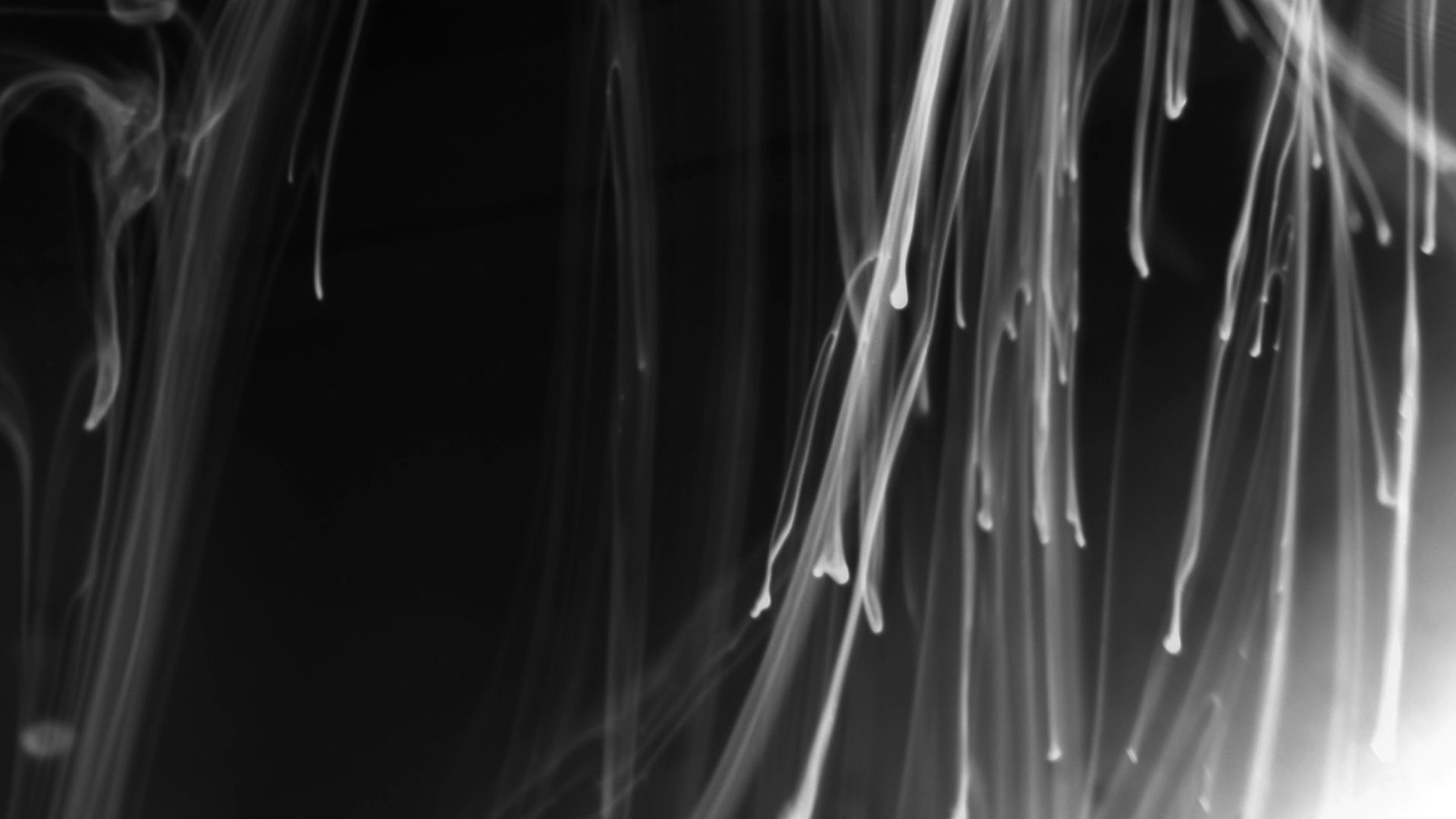

Hauntings
The project will embrace three main categories, or layers, of interrogation into space: stories, questions, and dreams. If the class chooses to pursue this option, the umbrella of hauntings of place is wide enough to integrate a diverse array of individual projects. Chances are, most of the directions that could be taken up as individual projects will include all three of the main categories.
Stories
Stories will reflect events that have taken place on or around the Eastern Washington University campus. These will seek to make visible the lived histories of a given space in terms that are literary and specific. Examples of stories could include:
-
large history moments: information on the construction of buildings, the previous mascot, creation of fields or “natural” landmarks, construction of monuments
-
smaller history moments: sites of protests, locations of swastikas
-
micro history moments: personal anecdotes, statements from professors, reflections and experiences with mental health, trauma, etc
Questions
Questions will be rooted in theory. The purpose of these will be to utilize the critical thinking skills already cultivated in the classroom to move beyond examining texts in order to examine the text of the academic space. This is essential because it will empower students to view the tools they are receiving in their education to interrogate their world. Questions could include:
-
gender critiques of the bathrooms (necessity of segregating by gender, availability of menstrual products in the male bathrooms
-
feminist critiques of the facilities provided to female-dominated majors
-
ecocriticism of the uses of land on campus: allocation of resources to lawn maintenance, parking lot spaces
-
marxist critiques of parking meters / monetization of space
-
accessibility concerns
Dreams
Dreams will center around potential solutions or projections for possible futures. Essentially, this category will deal with what we have to gain by engaging critically with our current surroundings. These can run the gamut from seemingly outlandish ideas to practical plans with the goal being to cultivate a sense of imagination/wonder.
-
what if this grass were actually edible crops that could be provided for free to students and community members?
-
what if all of these extra rooms in the library were being used for public good (shelter from the cold, coat drives, etc.)?
-
what if all of the food waste from the cafeteria were donated?
-
what if instead of displaying calorie amounts on the foods in the student union building, these facts could be retrieved if someone wanted them?